Planting for Pollinators


The Importance of Pollinators
Pollinators are a vital aspect to our environment. Bees, Butterflies, Hummingbirds, and other creatures help pollinate around 75% of all flowering plants and all crops. No wonder there's such a buzz about them! Pollinator friendly landscapes should feature plants of varying heights and assorted bloom shapes and colors, as these features will attract various creatures. Allowing rainwater to collect in the soil will provide insects and animals their needed nutrients. It's also beneficial to incorporate shrubs that will allow places for pollinators to seek shelter. These hard-working creatures are drawn to nectar plants and host plants. To keep those plants healthy, they'll need water and sunshine. Selecting the right plants for a pollinator garden is the key to encouraging pollinators to visit year after year! Explore wonderful annual and perennial choices that'll complete any pollinator garden!
Learn more...
Planting for Pollinators
A Few of our Favorites...
Ice Plant
The Ice Plant is a dazzling, sun-loving, drought tolerant perennial! Vibrant daisy-like blooms, available in various colors, smother this plant in the late Spring/early Summer with green foliage that turns burgundy in the Fall.

Bee Balm
Bee Balm is the perfect addition to pollinator gardens! This perennial has an upright spreading growth habit, and brightly-colored, crown shaped blooms that attract butterflies, bees, and hummingbirds! It prefers full sun, but can handle partial shade, and it will grow up to 26" tall! Incorporate this pollinator favorite in mass plantings and woodland gardens!

Salvia
Salvia has nectar-rich, attractive spikes of blooms with velvety green foliage that pollinators adore! They will grow to be between 18-36" tall, and their aroma makes them deer and rabbit resistant. This perennial prefers full sun to promote blooms, and it's perfect in mixed containers, or used in borders in the landscape!

Agastache
Agastache is a long-blooming perennial that attracts bees and hummingbirds, making it essential for a pollinator friendly garden! It has excellent resistance to browsing deer and rabbits, and it comes in a variety of unique colors, from blue to red and coral. Its abundant blooms are both heat and drought tolerant!

Pentas
Bee Balm is the perfect addition to pollinator gardens! This perennial has an upright spreading growth habit, and brightly-colored, crown shaped blooms that attract butterflies, bees, and hummingbirds! It prefers full sun, but can handle partial shade, and it will grow up to 26" tall! Incorporate this pollinator favorite in mass plantings and woodland gardens!

Lantana
This beautiful, low-maintenance annual provides nectar for pollinators and the array of vibrant color will attract them, especially bees. It's drought and heat tolerant, and low-maintenance! Plant in an area where it'll get tons of sun. Lantana is great for multiple uses, such as groundcover, in a container, or bedding.

*Helpful Tips*
- Planting the pollinator plants in mass (several of the same variety planted together) is not only is beneficial to pollinators, but it creates more of an impact within the landscape!
- To diversify the garden, be sure to use a wide variety of plants that will bloom from early spring to late fall. This will encourage pollinators of all kinds to visit throughout the warm season!
- Be sure to include larval host plants for those growing caterpillars! Two of our favorite host plants are Milkweed and Viburnum.
- Leave the limbs that have died instead of cleaning them up provides an essential nesting site for native bees! You can also create a bee condo by drilling holes 3-5" deep into scrap wood and mount it or place it under eaves for protection.
- Add nectar for hummingbirds with a feeder! You can create it with four parts water and one part granulated sugar, and be sure not to use artificial sweeteners, honey, or fruit juice. Be sure that either the feeder itself is red or add something red to it to attract the hummingbirds.
- Eliminate pesticides when possible, as many types are dangerous for bees. If you must use, spray at night when pollinators are not active.
